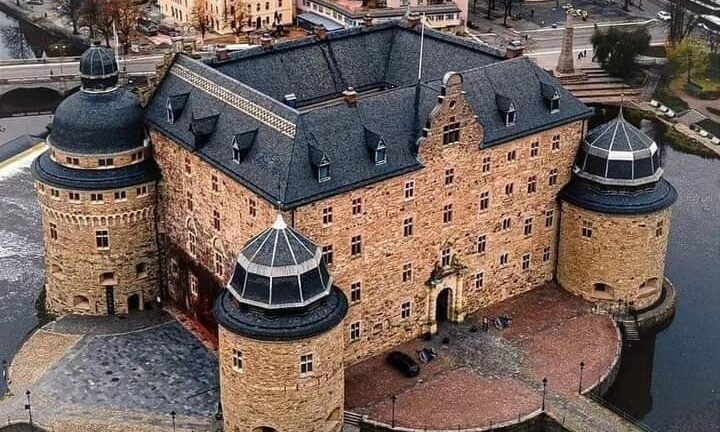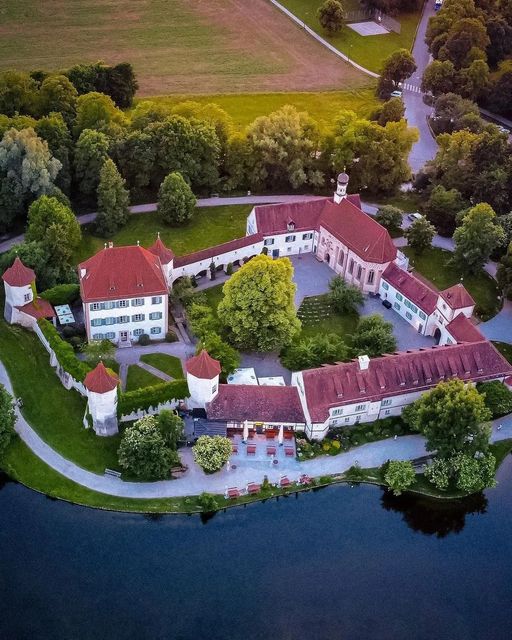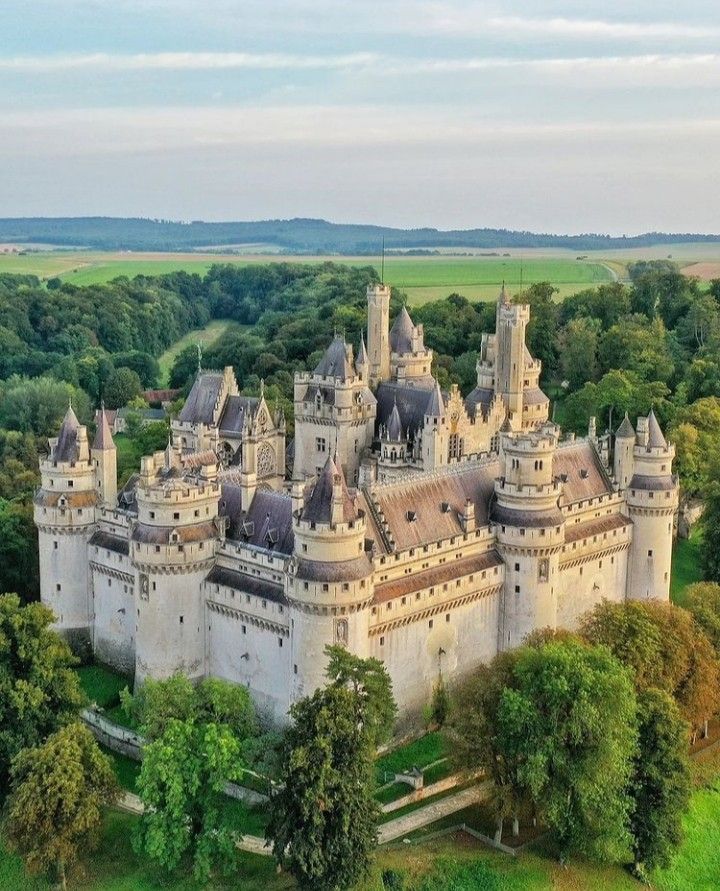Nestled atop the Drachenfels hill, overlooking the picturesque Rhine River in Königswinter, Germany, Drachenburg Castle is a masterpiece that blends Gothic revival architecture with elements of fantasy. Though not as ancient as its medieval counterparts, this castle’s rich history, breathtaking design, and panoramic views make it a popular tourist destination. Built in the late 19th century, Drachenburg is often mistaken for a medieval fortress due to its fairy-tale appearance, but its origins are far more modern, tied to the rapid industrialization of Germany.
Drachenburg Castle was commissioned by Baron Stephan von Sarter, a wealthy financier and stock market speculator, in 1882. Sarter’s life journey is as fascinating as the castle itself. Born into a modest family, he rose through the ranks of society due to his success in the financial world. He dreamed of constructing a grand residence where he could retire in splendor, and Drachenburg became the manifestation of that dream.
Despite its grandeur, Sarter never lived in the castle. After its completion in 1884, the baron resided mostly in Paris and never moved into Drachenburg, which soon passed into the hands of various owners. Throughout the 20th century, the castle faced neglect, damage from World War II, and even proposals for demolition. However, it was saved by conservation efforts in the post-war period, and major restoration projects were completed in the late 20th century to preserve this architectural wonder.
Drachenburg Castle is often considered one of the finest examples of the Gothic Revival style in Germany. Its design is a mix of neo-Gothic and neo-Renaissance elements, with ornate towers, pointed arches, and intricate stone carvings, all contributing to its fairy-tale aesthetic. The architects, Leo von Abbema and Bernard Tüshaus, combined modern 19th-century technology with medieval-inspired design, making the castle both an architectural innovation and a romantic homage to Germany’s storied past.
The main building consists of an impressive entrance hall, a grand staircase, and numerous rooms richly decorated with murals, wooden paneling, and stained-glass windows. Every room was designed to convey opulence, with the drawing rooms and salons showcasing intricate detailing in the ceiling and furniture. The Great Hall, in particular, stands out with its tall windows that offer sweeping views of the Rhine Valley. This space was intended for receptions and lavish gatherings, though it was seldom used for such purposes.
One of the most notable features of Drachenburg is its tower, which rises prominently from the structure. Visitors who climb to the top are rewarded with panoramic views of the surrounding landscapes, including the Seven Hills (Siebengebirge), the town of Königswinter, and the riverbanks of the majestic Rhine.
Although originally a private residence, Drachenburg Castle’s purpose has evolved over the years. After World War II, it was used for various functions, including as a school and a training center. In the 1970s, the castle was almost demolished to make way for modern developments, but thanks to public outcry and efforts from conservation groups, it was declared a historic monument and underwent extensive restoration.
Today, Drachenburg Castle is managed by the North Rhine-Westphalian Foundation for the Preservation of Monuments and is open to the public as a museum. The beautifully restored rooms and the meticulously maintained gardens offer visitors a glimpse into the life of Germany’s 19th-century elite. Special exhibitions, events, and concerts are often held here, attracting both local and international visitors.
Moreover, the castle’s location on Drachenfels Hill adds to its allure. Legend has it that this hill was the site where the mythical hero Siegfried from the Nibelungenlied slew a dragon, giving the hill its name—Drachenfels, meaning “Dragon’s Rock.” The mythology and natural beauty surrounding Drachenburg further enhance its fairy-tale appeal.
Drachenburg Castle is more than just a grand estate; it’s a symbol of Germany’s romantic architectural heritage and a testament to the country’s ability to blend history, legend, and modernity. Whether you are fascinated by architecture, history, or simply enjoy breathtaking landscapes, a visit to Drachenburg offers a magical experience. Restored to its former glory, it now stands as a monument to a bygone era and a reminder of the dreams that inspired its creation. As you walk through its corridors or gaze out from its towers, you can’t help but feel transported to a different time, where legends of dragons and castles still lived on in the imagination.


